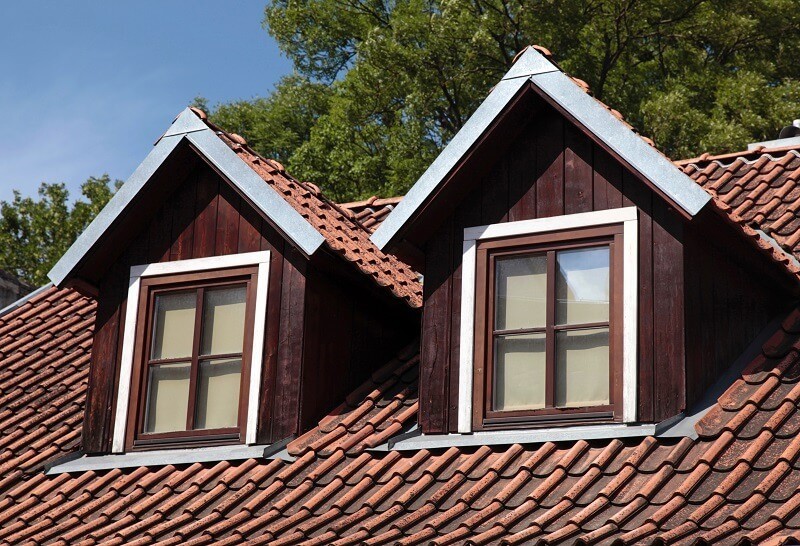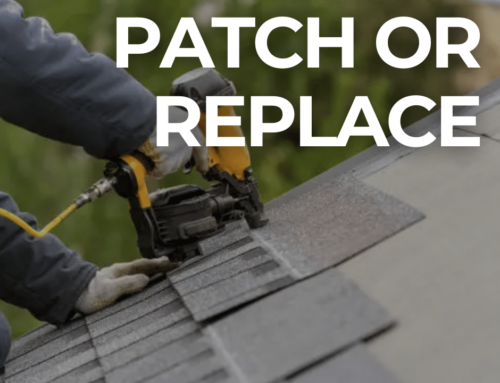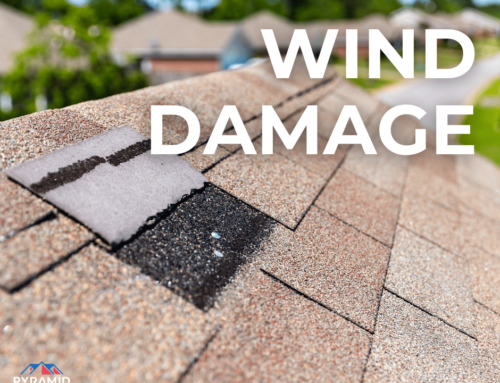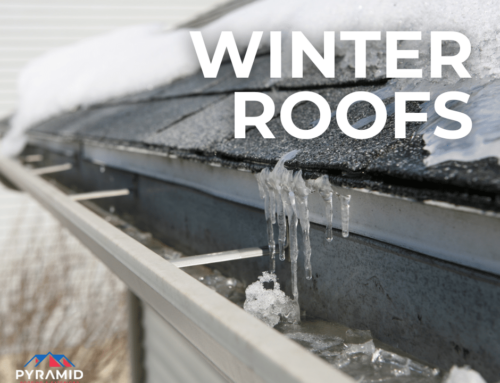There are a number of elements that make up your roof. When you hire a roofing contractor, they are going to inspect each of the individual components to ensure they continue doing their job properly. One area where the roofer may spend extra time is areas where roof flashing is present. The flashing is the waterproof material present in the valleys, edges, joints and where any types of pipes or vents penetrate the roof. The job of the flashing is to eliminate the potential of any type of water damage, as well as the occurrence of leaks. This type of protection is essential and why flashing can be found in industrial, residential and commercial structures, alike.
The good news is, thanks to modern technology, there are a number of effective and extremely affordable flashing materials to choose from. Even if you are currently having issues with the flashing on your roof, a professional roofer will be able to replace the offending material with a new, higher quality option.
Roof Flashing Types
One of the most common materials used for flashing is copper. Copper is popular for several reasons. One reason is because of the malleable nature of the metal. Copper is also strong, has an appealing appearance and has a natural resistance to natural elements. Because it is so easy to use, copper is able to be installed in more complicated roof valleys.
Another popular flashing option is lead. Durability is the main selling point of lead flashing. There are some products that have a lifespan of more than 500 years. While larger amounts of lead can present an environmental issue, lead is still an acceptable option for waterproofing smaller areas of the roof that may be more difficult to access.
Selecting the right material can be a bit of a challenge since it will be dependent on a number of variables, including chemical reactions that may occur with other roof components and the environmental conditions it will be exposed to. This is why it is so important to consult with a professional regarding what type of flashing material to use.
Flashing Repairs and Replacement Needs
The flashing on a roof is separate from the material that is used for the actual roof. It is attached to areas that are prone to leaks and other types of water damage. High winds, constant exposure to heat and other adverse conditions can take their toll on the existing flashing that is present. Having a roofer inspect the roof system, including the flashing annually, will help prevent serious issues, water damage and leaks from occurring.
If you are concerned about your home or business roof, call in the pros right away. They can likely provide quickly and efficient repairs to prevent further damage from taking place. If a roofing issue is left unrepaired, the damage and consequences can be significant and costly. Being proactive can save you quite a bit of frustration and money down the road.






